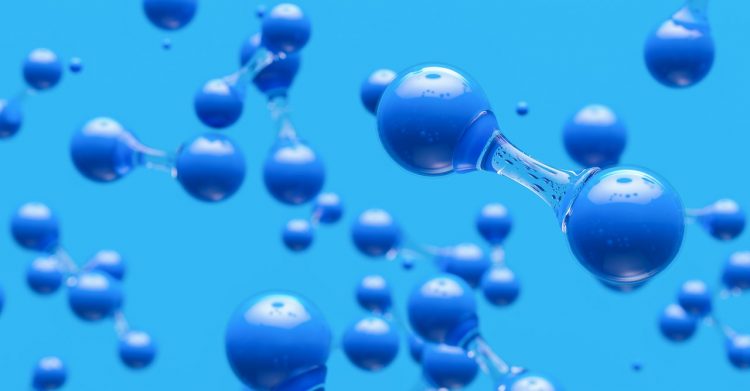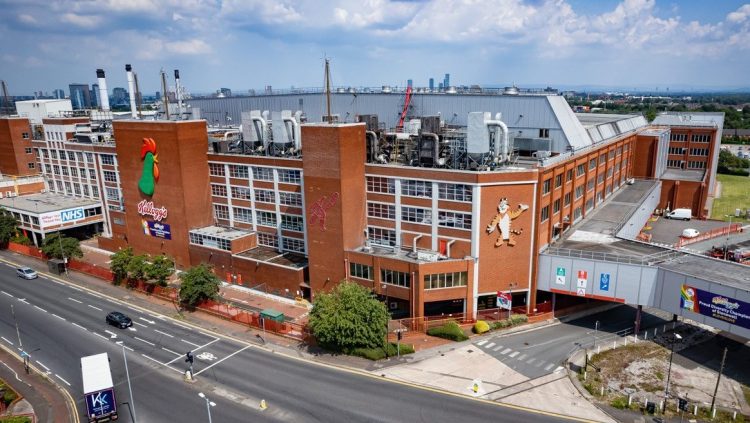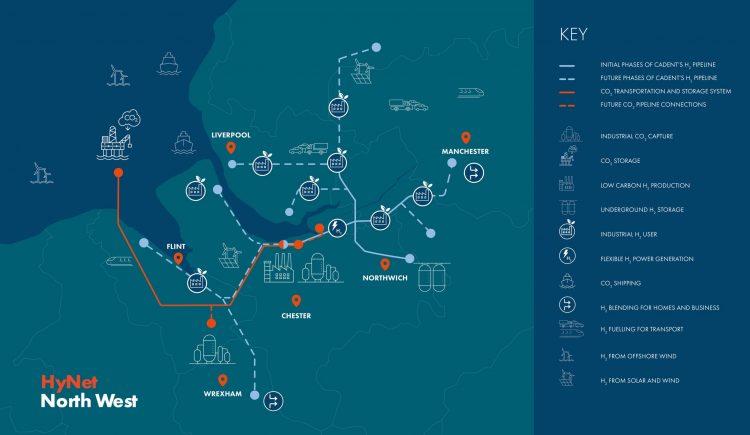Boss of multi-billion pound project close to the River Mersey that will supply hydrogen to businesses urges Government to offer more support but rows back on claims of a two-and a half year delay. Tony McDonough reports

Progressive Energy chief executive Chris Manson-Whitton has rowed back on claims the multi-billion pound HyNet hydrogen project faces a two-and-a-half year delay – but he insists more Government support is essential.
Led by Progressive Energy, the HyNet consortium plans to produce hydrogen at the Stanlow oil refinery at Ellesmere Port close to the Mersey by burning natural gas. The carbon produced by the process will be ‘captured and stored’ in natural caverns under the Irish Sea.
HyNet, which has identified an industrial demand across the North West for around 4GW of hydrogen, was originally hoping to have its facility up and running and supplying hydrogen by the end of 2025.
However, LBN revealed in March the start date had now been pushed back to 2026 due to delays in Government funding. Now the chief executive of Progressive Energy, Chris Manson-Whitton, says an even further delay is possible.
Addressing delegates at the Hydrogen for Life conference in London, he said that work one the project was “about to pause for two and a half years to wait for the end of 2025” due to a lack of funding certainty from Government.
This could mean the start date for supplying hydrogen to North West factories such as glassmaker Pilkington in St Helens and consumer products giant Unilever in Wirral could be put back to 2028 or even 2029.
Addressing his point to Foreign Commonwealth and Development Office Minister Anne Marie Trevelyan, who also spoke at the conference, Mr Manson-Whitton asked the Government to “unlock intermediary ways to keep those projects moving forward”.
Ms Trevelyan said the question was “fair” but did not offer a definitive answer. She said: “I’ll take that back to Grant Shapps (Minister of Energy Security and Net Zero).”
However, in a statement to LBN, Mr Manson-Whitton insisted there would be no further delay but made a fresh appeal for Government support.
He said: “The production of low carbon hydrogen from the UK’s first large scale, low carbon hydrogen production plant, being developed by Vertex Hydrogen, and the foundational infrastructure which will be removing carbon dioxide emissions from industry, being developed by Eni, which make up HyNet, will not be delayed.
“HyNet will help to secure the UK’s position as a world leader in low carbon energy with billions of pounds of private sector investment mobilised.
“Thousands of jobs will be created and safeguarded, in addition to economic growth being boosted. HyNet will also enable us to reduce our carbon dioxide emissions by millions of tonnes each year.
“HyNet aims to provide low carbon hydrogen across the North West to a wide range of key industries to manufacture low carbon version of products which are vital in our day to day lives – from breakfast cereal to shampoo.
“In addition, hydrogen will be supplied to power plants that keep our lights on when the wind isn’t blowing or sun isn’t shining.
“However, to ensure that the UK does not lose this opportunity, Government must support the hydrogen industry through arrangements being put in place to maintain progress on hydrogen pipelines and hydrogen storage ahead of their 2025 business models.”
Last week HyNet announced three North West manufacturers would receive funding through a £55m Government programme to conduct pilot projects to switch their fuel to hydrogen.
They are global cereal giant Kellog’s, aluminium products producer and recycler Novelis and paper towels maker Novelis.
HyNet is working with industry across the glass, food and drink, paper, chemicals, personal care, automotive and metals sectors to enable switching from fossil gases to hydrogen.
Adam Baddeley, head of industrial and electrolytic hydrogen at Progressive Energy, said: “These demonstrations will show how low carbon hydrogen can provide the energy needed for the production of food, kitchen paper and aluminium.
“We are very excited to see Kellogg’s Cornflakes, Plenty towels and Novelis’ aluminium manufactured using hydrogen.
“HyNet is fully focused on providing a route for industry to decarbonise. By starting to produce ‘home-grown’ low carbon hydrogen from the mid-2020s, this reality isn’t far away.”
Hydrogen will be distributed by the UK’s first 100% hydrogen pipeline network being developed by Cadent Gas, to industry across the North West.
Natural gas is, of course, a fossil fuel which produces significant volumes of carbon. HyNet plans to capture and store this carbon in depleted natural gas caverns under the sea in Liverpool Bay.
It claims it has the potential to reduce carbon dioxide emissions by 10m tonnes every year– the equivalent of taking 4m cars off the road.
This process is known as ‘blue hydrogen’ and it is not without its controversy. Hydrogen is the most abundant element in the universe and at the point of use it is emissions-free.


But to obtain energy from hydrogen we first have to separate it from other elements in fossil fuels or water. There are a number of ways of doing this.
So-called grey hydrogen is hydrogen produced using fossil fuels, as above, but the resultant carbon is released into the atmosphere contributing to global warming and climate change. More than 70% of the hydrogen in the world is still produced this way.
At the other end of the scale is green hydrogen. This is produced by running electricity from renewable sources such as wind or solar through a machine called an electrolyser. It separates the hydrogen from water molecules.
READ MORE: Mayor’s new hydrogen buses are NOT net zero – yet
This is by far the best way to produce hydrogen in terms of cutting carbon emissions. However, green hydrogen is currently expensive and not yet at the point where it can be sufficiently scaled up.
HyNet has chosen what it insists is a method that will allow the transition to green. Blue hydrogen is produced by burning methane The carbon is then captured and stored.
To reach the necessary efficacy to make it viable HyNet would have to capture at least 90% of the carbon. Similar scale projects elsewhere in the world have struggled to achieve more than 75%.
HyNet is also investing in a number of smaller scale green hydrogen projects. It will utilise electricity from the Frodsham Wind Farm close to the Mersey Estuary.

